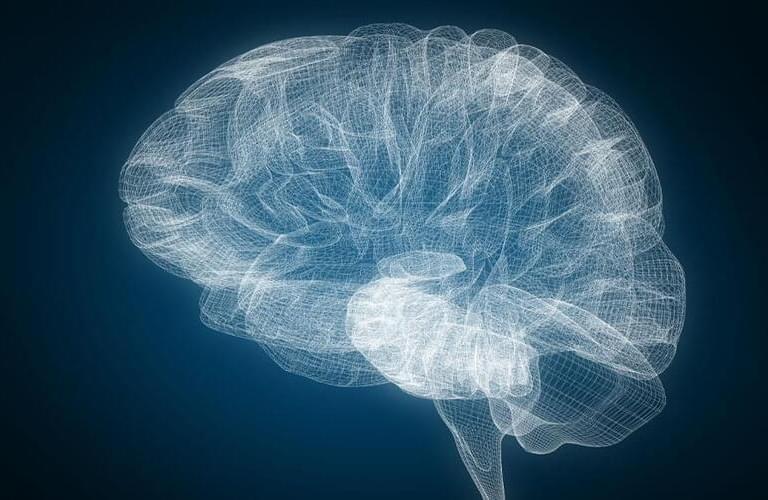New research published in Human Brain Mapping provides evidence of a shared neural mechanism that underlies sleep disturbance and mental disorders in preadolescents. The findings indicate that sleep disturbance and mental health problems are both related to the connectivity between and within two important brain networks.
“I noticed the importance of sleep years ago when I read several papers about the immediate amyloid protein deposition in the brain after short-term sleep deprivation. Amyloid is neurotoxic waste in the brain and needs to be transported out by cerebrospinal fluid,” said study author Ze Wang, an associate professor of diagnostic radiology and nuclear medicine at the University of Maryland School of Medicine.
“But cerebrospinal fluid is basically static most of the time. The best time to have more cerebrospinal fluid and increased flow rate is at night when you lay down and fall asleep. It is this time that our cerebral blood flow reduces. Because our brain has a fixed size, the reduction of cerebral blood flow creates space for cerebrospinal fluid and the inhomogeneous change of blood flow creates power for cerebrospinal fluid to flow and then transport the neural waste out. This is why our brain generates two times as much cerebrospinal fluid at night than daytime.”
